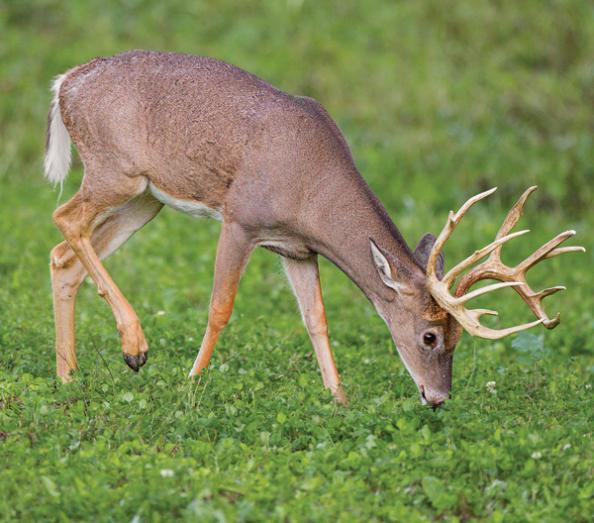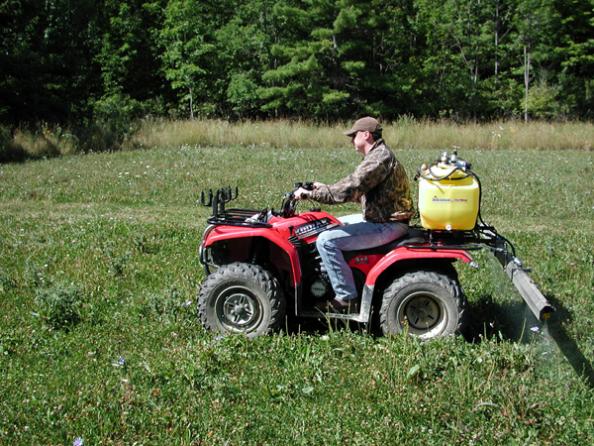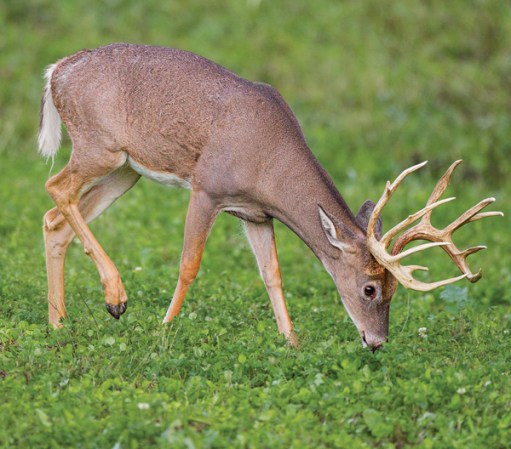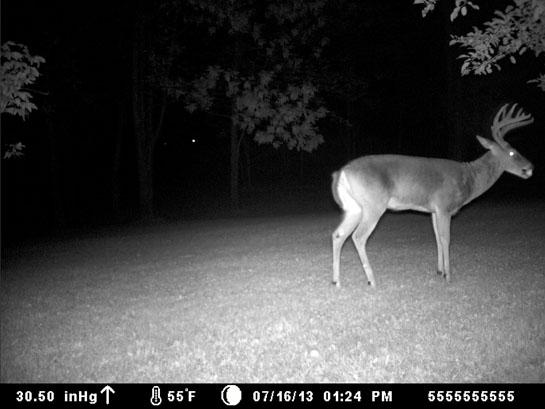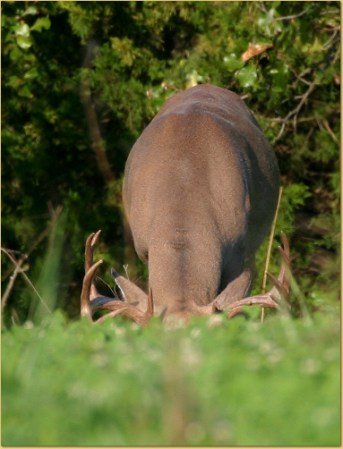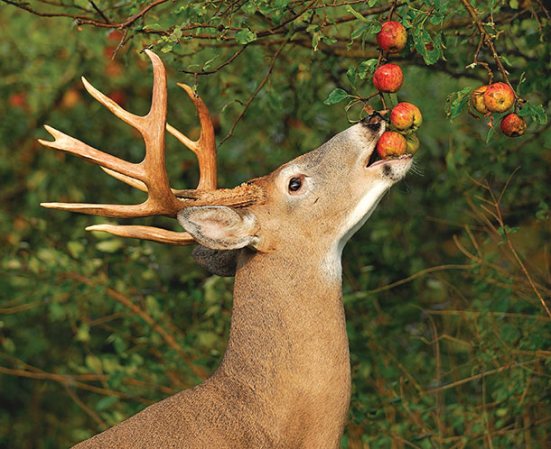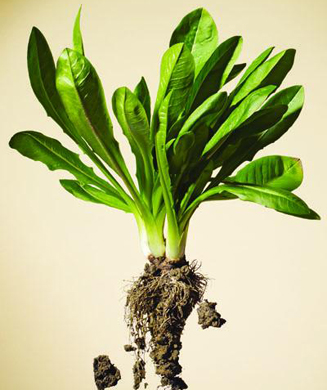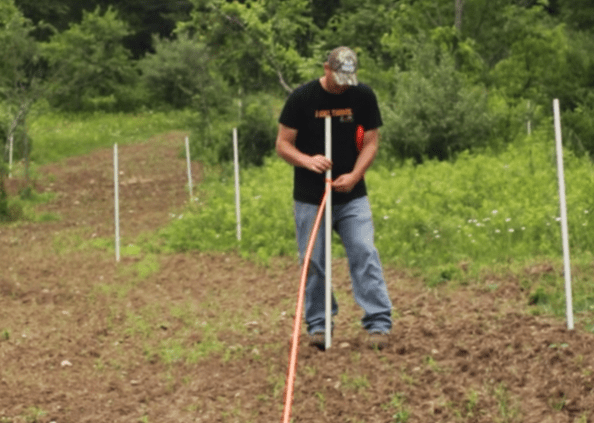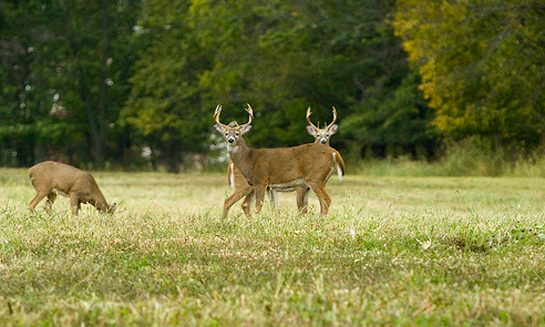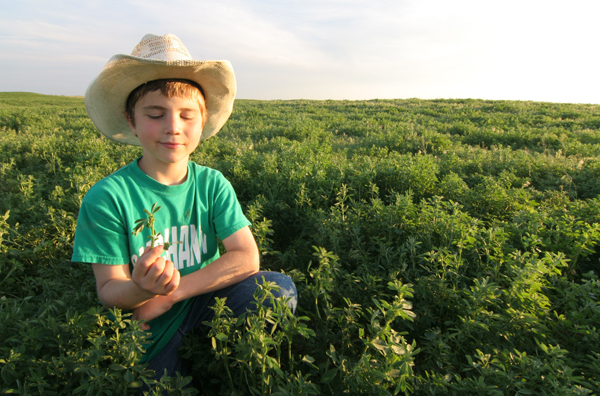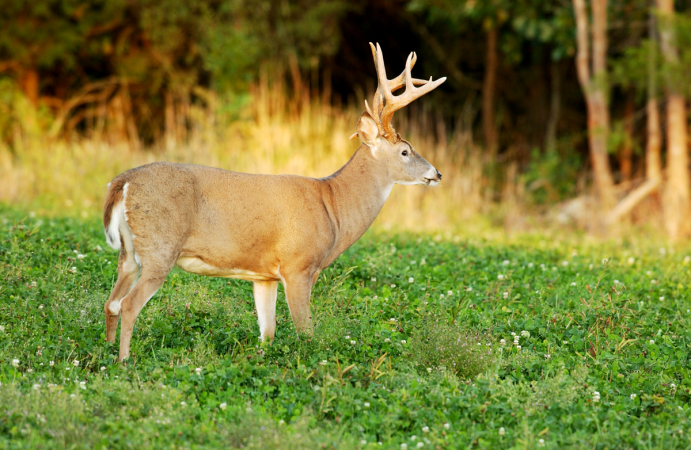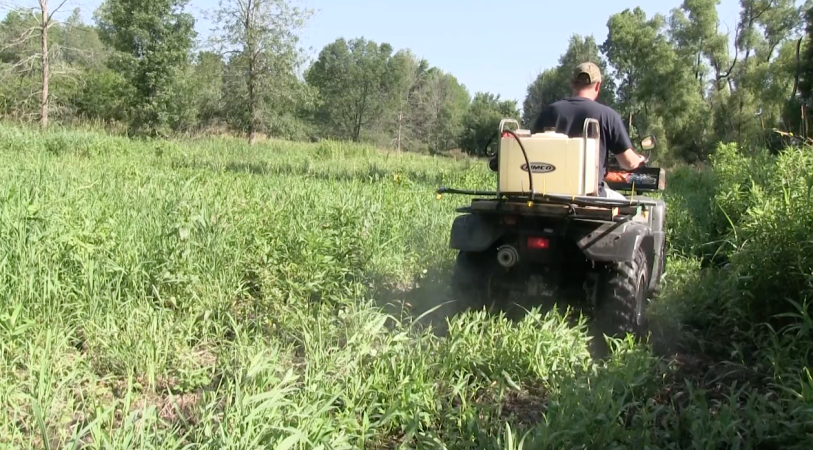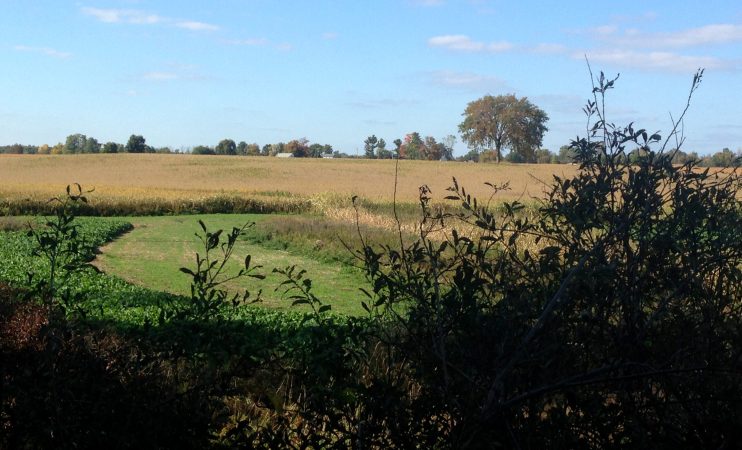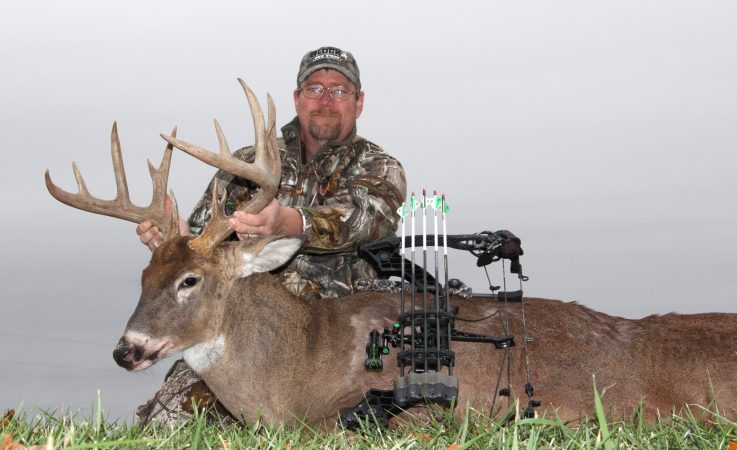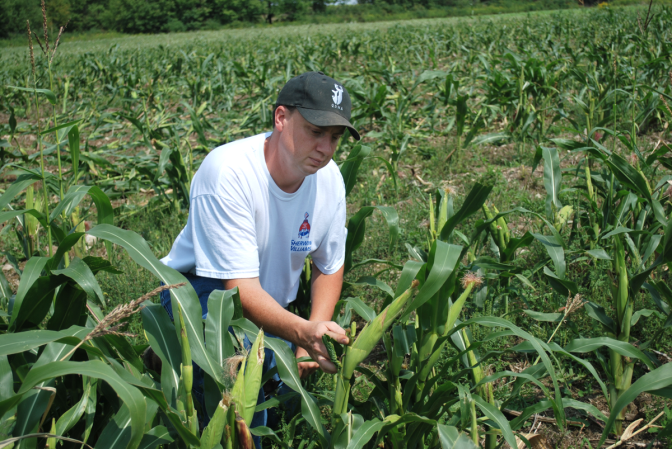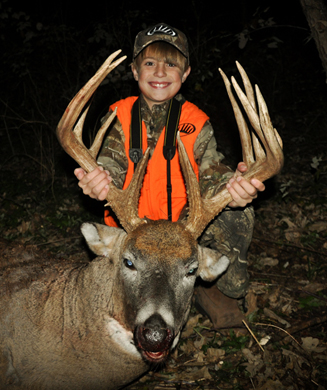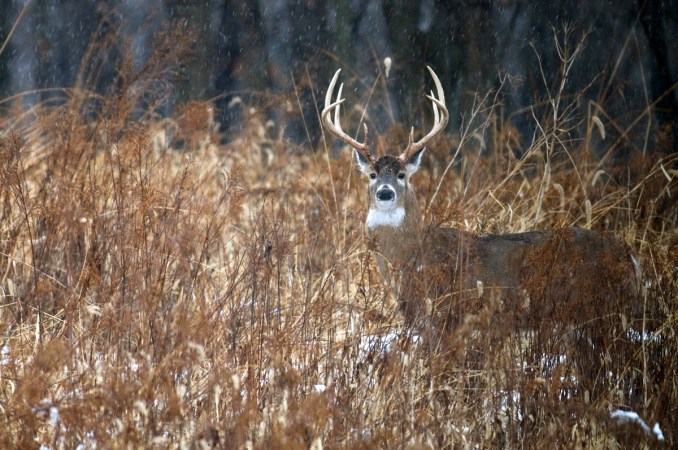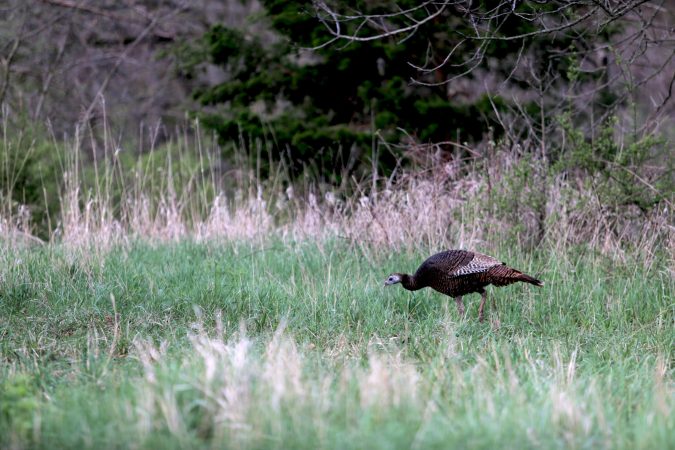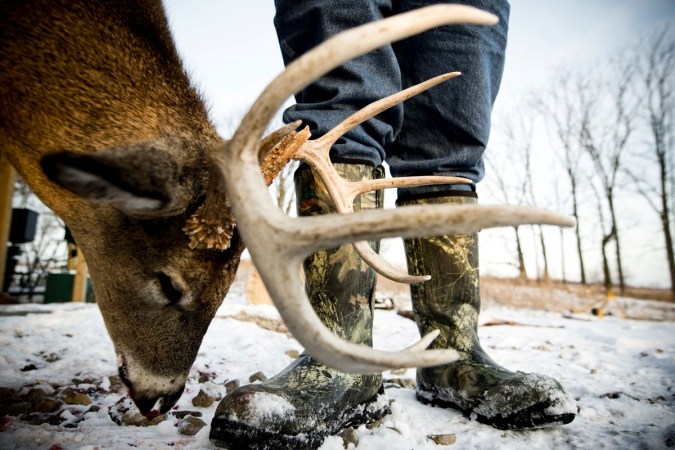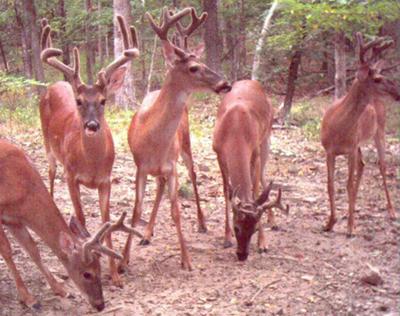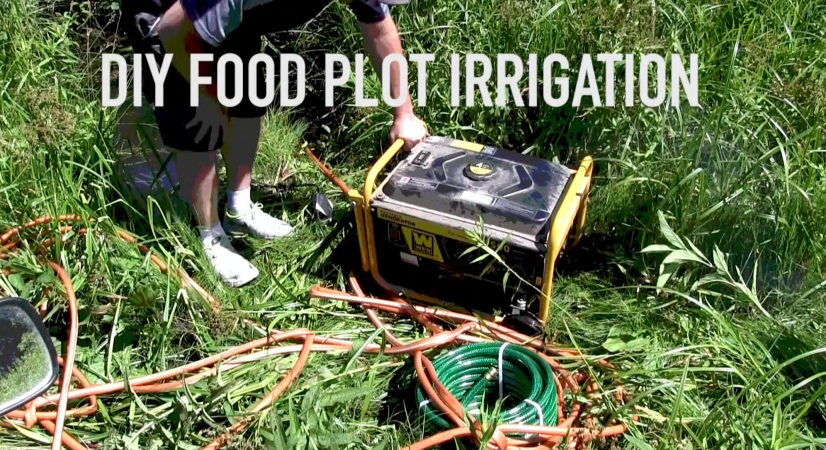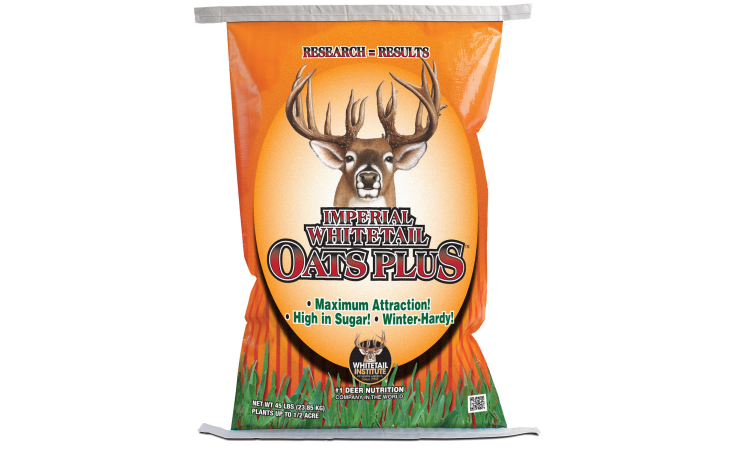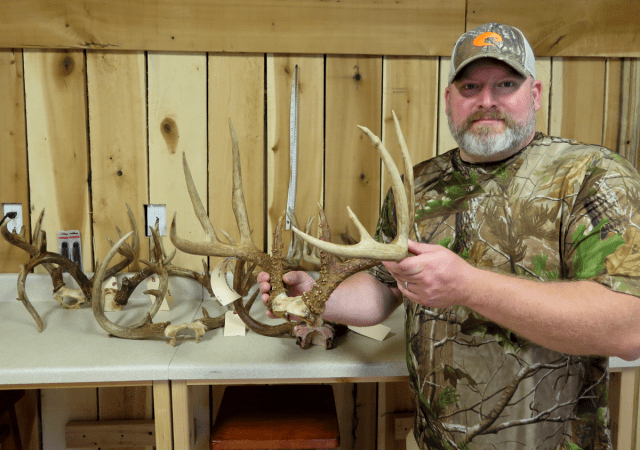Clover plots are the Chevy truck of the food plot world. Most food plotters plant clover, and conditions this year have been favorable across most of whitetail country. Cool temps and plenty of rain have resulted in a great clover plots.
If you are like most of us, you’ve probably already mowed your plots once or twice so far this season. But summer is upon us now, and you should keep the mower away from your clover.
Clover is typically planted as a perennial plot and is capable of producing 2-4 tons of highly nutritious, whitetail forage, per acre, per year. A well-maintained plot can produce for 3-5 years, sometimes longer. Under ideal growing conditions (cool and wet), fast growing clovers can quickly reach a height of 12 inches or more and actually begin losing their food producing value. Regular mowing clover plots back to 6 inches is suggested to keep a constant supply of fresh, young, tender greens. Clover responds to mowing with aggressive growth.
Mowing is fine in spring and early summer but is not generally a good idea during the hot summer season. Clover likes cool temps and plenty of rain. Once temps start to climb into the 80’s, most clovers begin to stress. Add some dry weather and a fresh haircut and you’ve got a food plot in trouble. Chances are, your plots will shut down for the remainder of the summer. Clover plots are quick to go dormant during hot dry summer conditions and there is nothing you can (or should) do about it. It’s nature’s way of protecting the plants. They are also quick to bounce back when the shadows lengthen, temps cool, and rains return in early fall.
A little summer trimming to knock down weeds and competing plants can be fine, provided you are not headed for a prolonged dry spell. But, the rule of thumb for clover food plots over the summer is to let the deer do the mowing and save your energy until the hot and dry weather breaks.
